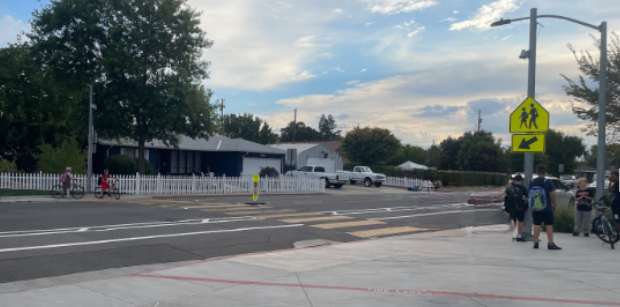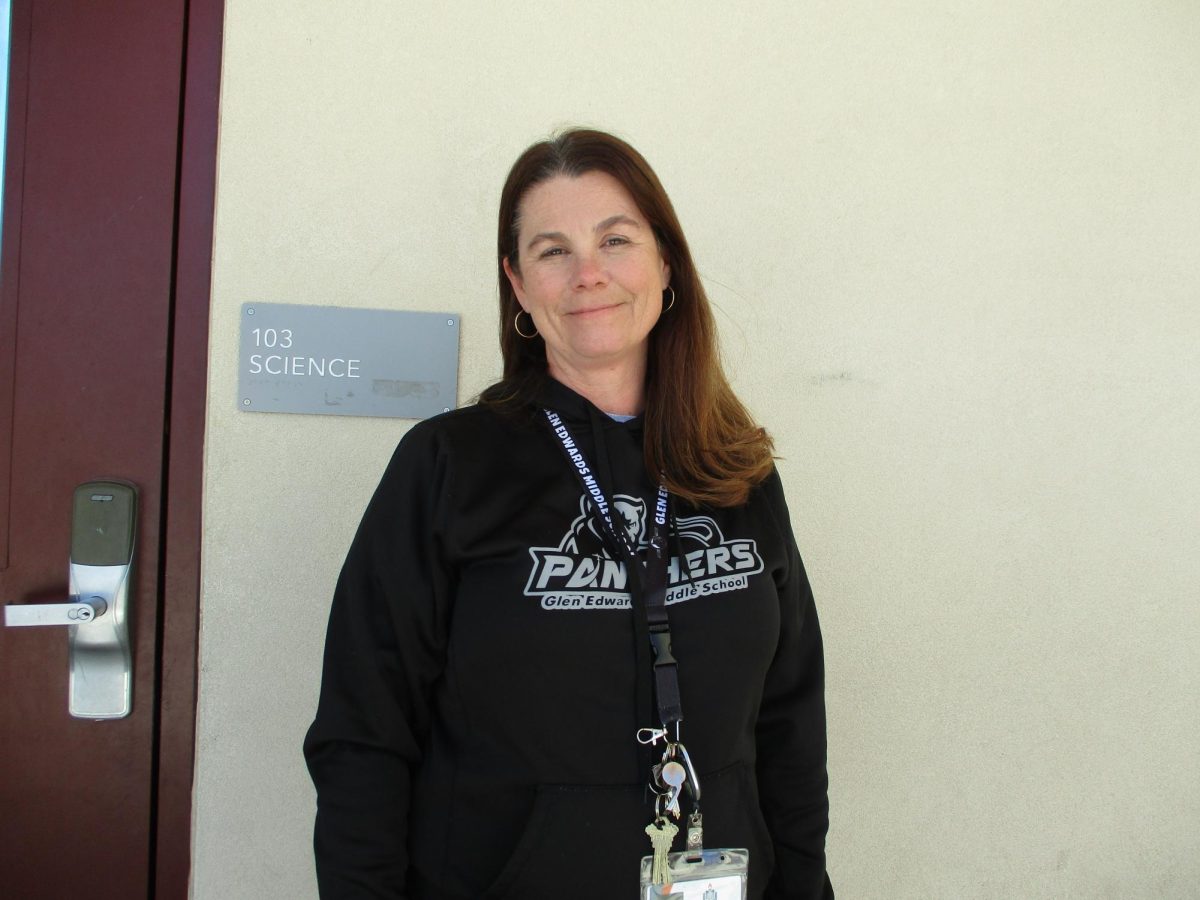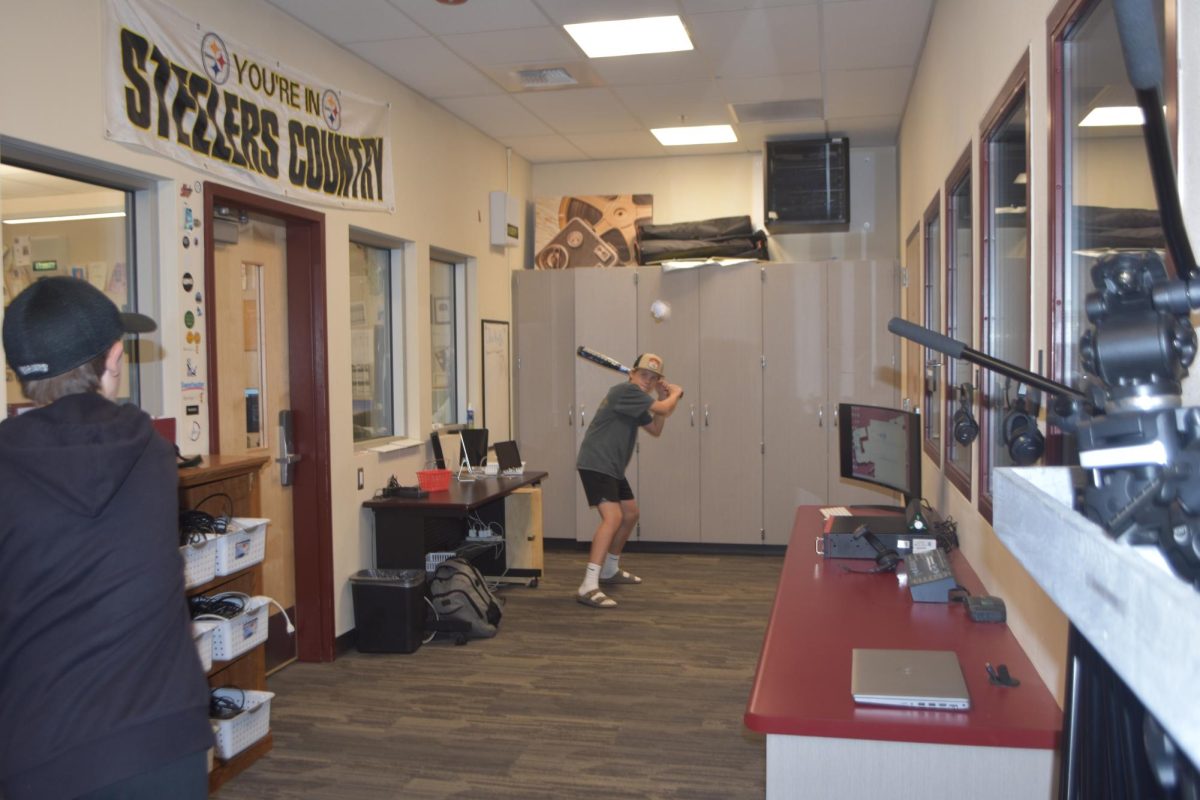This year, there have been multiple long-term substitutes in the 205 classroom upstairs. Three substitutes have worked there, but they only stay for 30 days at a time. According to Miss Fernandez, “That’s a regulation or law—it’s a requirement set by the state. Typically, long-term subs don’t have the subject-specific curriculum or qualifications needed to be considered highly qualified for an extended period.” In other words, it’s a state law. However, long-term subs can eventually become full-time teachers. Miss Fernandez explained, “Yes, definitely. Currently, we have a long-term sub in one of our special education classes, and she has the appropriate credentials. It really depends on what qualifications the long-term sub holds. If they have the right education or credentials, they could be hired full-time, but they would have to apply just like anyone else. They might also be interested in other available positions at this school.”
As for the teacher who was originally in room 205, Miss Fernandez shared, “She actually found an opening at the high school and applied for that position. She was accepted in the middle of the summer. This is a difficult time for hiring because most teachers look for positions earlier, around April or May. When we were notified in late June, it was challenging to find a replacement, as most teachers had already secured positions by then.” There are also other factors to consider when a teacher switches schools, such as better pay or the opportunity for a new experience.
You may also be wondering how the school supports long-term substitutes. Miss Fernandez explained, “I have teachers on campus who have agreed to help support the long-term subs. For this position, in 7th grade math, the substitute works closely with the other teachers on campus and is connected with Mr. Law, who handles tech support for teachers. They also work with Mr. Noonan and have access to all the necessary resources in the office and through the district.”
So, what happens when a permanent teacher is hired? Miss Fernandez noted, “Once we have a regular teacher in place—hopefully right after winter break—it will be similar to the first few days of school. The new teacher will focus on building relationships with the students, getting to know them, and setting up classroom expectations. These expectations may differ from those set by the long-term substitute, so the teacher will work on establishing new procedures and then transition back into the curriculum.”
What about how long-term substitutes are selected? Miss Fernandez said, “We don’t actually interview long-term subs; it’s something that is arranged through the district. The district looks at their background and qualifications to determine if they are eligible for a long-term position. That’s how they are placed in classrooms.”
In terms of what long-term subs have access to, Miss Fernandez explained, “Regular day-to-day subs don’t have access to the grading system, Schoology, ParentSquare, or even a district email. However, long-term subs are given these resources. They have a district email, access to Schoology, and are able to grade lessons and assignments. Essentially, they have the same access as a regular teacher would.”
Lastly, when it comes to the impact of long-term substitutes, Miss Fernandez said, “We do observations to support them. We observe their teaching, talk to the students, and make sure everything is running smoothly. There are often co-teachers or aides in the classroom at certain times to help ensure students are learning and that the substitute is fulfilling their role effectively.”










































